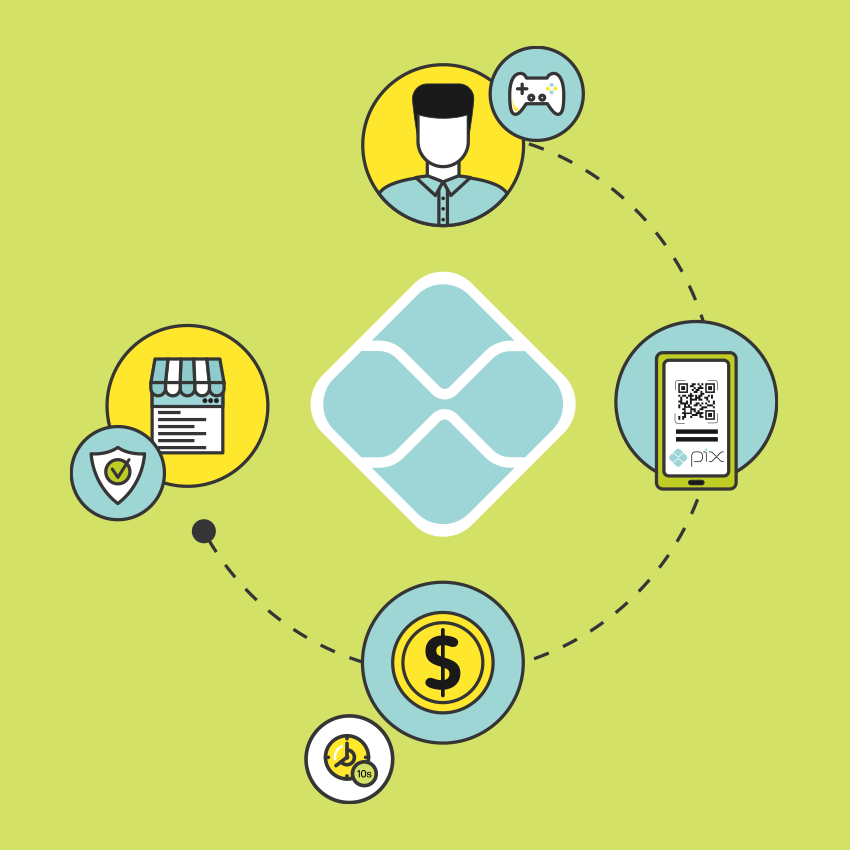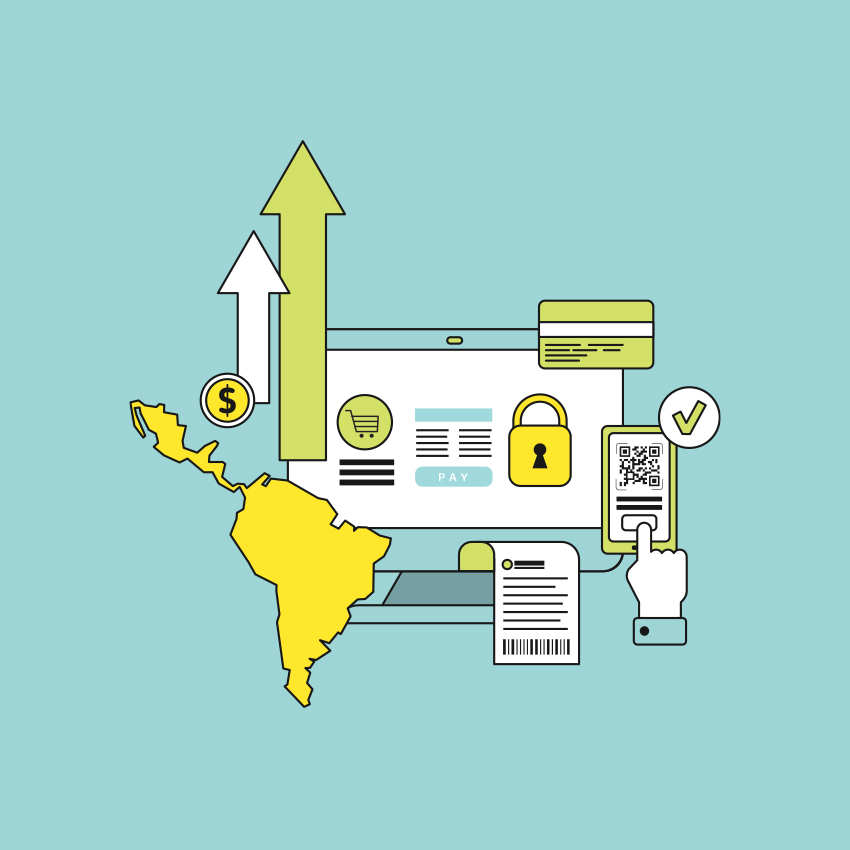Credit, debit, Pix? Mastering the payment methods in the country is crucial for success in sales. Understand more!
Brazil is going through a great moment in its payment ecosystem: always innovative and seeking modernization, which has accelerated even more in the last few years. In this scenario, Pix emerges as the main icon of this evolution. With the virtually instantaneous transfer of funds, the tool has raised this aspect of the Brazilian commercial dynamics to a new level, which is excellent news for merchants in the country and abroad.
Foreign merchants, by the way, are the ones that can better benefit from the great number of methods offered. This is an opportunity to reach more customers, offer more tangible products and benefits, upscale sales, and conversion rates, besides offering an even more user-friendly experience.
The changes are happening at a highly propitious moment. The large number of cell phones and mobile devices in circulation, together with the considerable improvement in cellular internet connectivity, has reinforced the favorable posture toward digital media and receptiveness to technology demonstrated by Brazilians. Thus, more reliable and well-built apps, a good variety of players in the banking sector, and new payment options have formed the ideal conditions to heat up sales and attract those who want to profit from this good moment.
Another important point that serves as a sign of the strong modernization movement in the sector is Open Banking, or Open Financial System. Led by the Brazilian Central Bank, this initiative aims to bring more transparency of data and stimulate competition in the sector, making fintech companies more competitive against large financial institutions. In addition, it is expected to create more space for innovation and the introduction of new banking technologies, further accelerating the digital transformation in the segment.
The old, the new, tomorrow, and the seller
What must be understood from all this whirlwind of change for companies to succeed in expanding their business and getting closer to the consumer? First, it is important to understand the changes that have already happened and that are changing the way Brazilians shop.
Introduced last year, Pix is already responsible for 78% of all money transfers in the country, something that is not surprising given the higher speed than traditional models, zero costs for the consumer, and high reliability. Besides offering immediate, easily verifiable transfers, Pix also helps generate purchasing options for consumers who do not have cards, making purchases directly from its app via QR code.
And if it is already popular, the trend is for it to gain even more market penetration with the new features that are expected to appear in the near future. Offline Pix, for example, will bring great flexibility of payment, guaranteeing transactions even in case of unavailability of internet connection signal, something that is still a problem in the country. Automatic debit by Pix aims to facilitate the payment of recurring charges, such as water, electricity, and communications, without the need to generate boletos or direct debit on an account, adding more flexibility to the Brazilian.
Clearly, this is an option that cannot be missed by B2C companies selling to Brazilians, because it certainly tends to be used in a massified way by the public and, therefore, will be expected in every type of establishment.
This, however, does not mean that traditional payment methods will cease to exist. Here are three options that are typical of the country and that should still have a lot of acceptance, even with the rise of the Pix.
Installment plans
One of Brazil’s favorites, installment payment allows the public to have access to more expensive products without having to pay the full price at once, something essential for the inclusion of middle-class consumption and below.
Since Pix does not provide payment in installments, offering such a method is essential for companies with average ticket sizes above R$ 50.00 — otherwise, you would be pushing out a major portion of your potential customers. Credit is the preferred modality in this case, but boletos can also be used for this.
Boleto bancário
The boleto still exists and is still alive in the environment, although with modest participation in the face of digital payments. This modality should remain strong in the public without access to banks or who have distrust or difficulties with digital solutions. For companies with this profile of public, this method should continue to be available.
Local credit cards
For foreign companies looking to operate in Brazil, it is important to note that local credit cards without international qualification — that is, which cannot process payments for cross-border companies — make up the majority here. Thus, it is necessary to be prepared to deal with this reality if you want to sell to the huge national consumer market.
This scenario shows that success requires good planning, understanding your audience, and flexibility when it comes to offering payment methods to your customer. The more varied the options, the better the chances of success when it comes to making the sale and, even better, building customer loyalty.
Challenging? To help businesses grow in the Brazilian market, BoaCompra brings solutions that connect those who sell to those who buy, in an unbureaucratic and effective way. Local support for your after-sales, local transaction processing, payment in local currency, hassle-free overseas remittances: bring your business to a world of opportunities in selling in Brazil with the support of BoaCompra. Talk to us now:






%20copia%202.png)